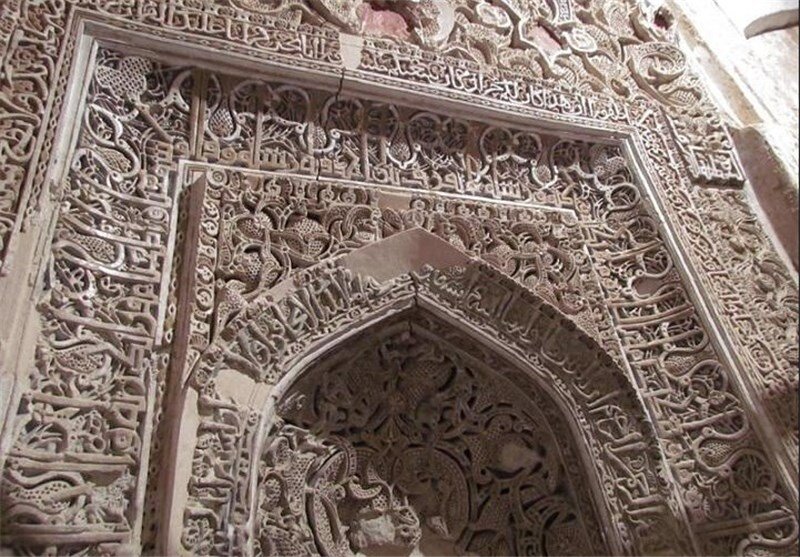INSUBCONTINENT EXCLUSIVE:
TEHRAN-- Two historical monoliths in the ancient city of Abarkuh, central Yazd province are prepared to open their doors to the general
public for the first time in the Noruz holidays (starting on March 21), a local tourist official has stated
The Seljuk era (1037-- 1194) Aziz al-Din Nasafi Tombs mihrab, a semicircular niche in the wall of a mosque that mentions the qibla - the
direction of the Kaaba in Mecca, and the Qajar-era Omid Salar Mansion are being gotten ready for the general public visits, Javad Adel
One of the most unique historic attractions of the area is the architecture and plasterwork of the mihrab, he noted
Both monuments have been registered on the national heritage list, he included
In July 2017, the historic structure of the city of Yazd was called a UNESCO World Heritage
Wedged between the northern Dasht-e Kavir and the southern Dasht-e Lut on a flat plain, the sanctuary city enjoys a really harmonious
public-religious architecture that dates from different eras.Yazd is generally described as a delightful place to remain, or a do not miss
out on location by nearly all of its visitors
It teems with mud-brick houses that are geared up with innovative badgirs (wind catchers), atmospheric alleys, and lots of Islamic and
Iranian monoliths that form its captivating city landscape.It is a living testimony to the intelligent use of limited offered resources in
Water is given the city by the qanat system
Each district of the city is constructed on a qanat and has a communal center.The use of earth in structures consists of walls and roofs
through the building of vaults and domes
Homes are constructed with courtyards below ground level, serving underground areas
Wind catchers, courtyards, and thick earthen walls create an enjoyable microclimate.Partially covered alleyways, together with streets,
public squares, and courtyards, contribute to an enjoyable city quality
The city escaped the modernization patterns that destroyed numerous traditional earthen cities.It makes it through today with its standard
districts, the qanat system, conventional houses, fairs, hammams, water cisterns, mosques, synagogues, Zoroastrian temples, and the
historical garden of Dolat-Abad
The city delights in the tranquil coexistence of three faiths: Islam, Judaism, and Zoroastrianism.ABU/ AM

